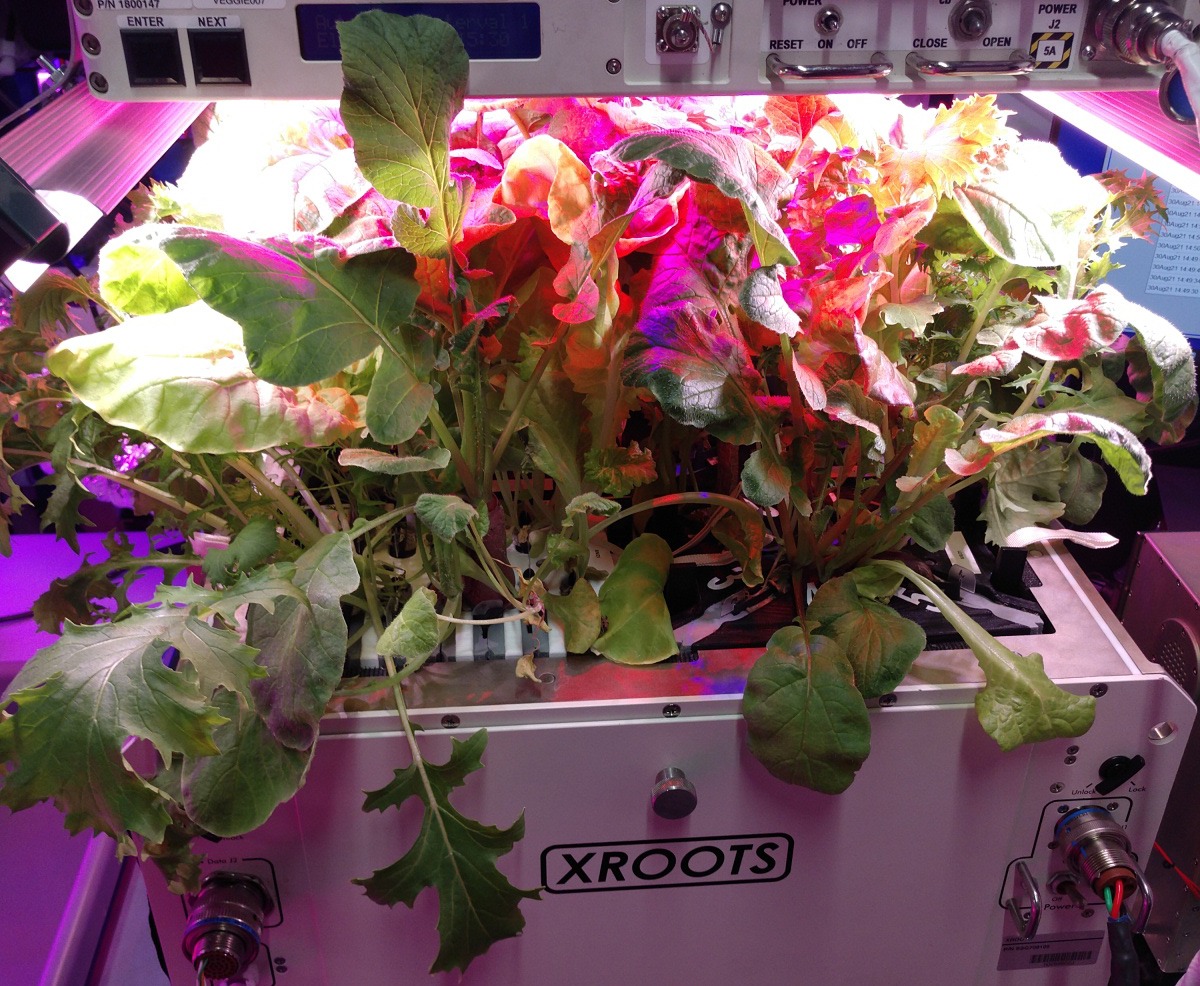To ensure long-term space missions, it is important for astronauts to be able to grow their own food — both for their physical and mental health. A number of experiments on growing crops have been conducted on the International Space Station (ISS) for a long time. Some even turn out to make delicious dishes in orbit. And recently, astronauts have been harvesting a unique crop.

Thanks to NASA flight engineer Jessica Watkins, the new method helped to grow and harvest radishes and mizuna greens in zero gravity conditions on board the ISS without any soil. This is reported by the blog of the space agency. Growing any edible plants in space is vital. But using soil to grow in cramped conditions on space stations creates potential problems with resources, clutter and sanitation. And that’s why a triumphant groundless harvest could be an exciting step towards a new era of interstellar discovery.
XROOTS System
Watkins grew space vegetables using a system called XROOTS. This is the abbreviated name of the eXposed Root On-Orbit test system, which uses hydroponic and aeroponic methods to support plants at all stages of growth, starting with seeds.
NASA states that the system, created by the private company Sierra Space, is experimental and contains a number of different independent growing chambers that allow astronauts to test various landless mixtures based on air and water on various types of plants. The hardware also allows researchers to capture images and videos of plants as they grow, including their roots, so that their development can be verified.
Space vegetables
Similar hydroponic or aeroponic systems are commonly used for growing plants on the Earth. It was quite difficult to adapt these technologies for use in space. The main problem is weightlessness. Without gravity, plants can grow very strangely in microgravity. But the use of lamps placed above plants can help mitigate the negative effects. Another challenge is to ensure sufficient aeration around the roots and develop a system that can be used for all types of crops, including leafy greens, fruit plants and root crops.
The XROOTS experiment started in February 2022. It was supposed to last 4-6 months and is not finished yet. But the optimistic results are already visible now.
Follow us on Twitter to get the most interesting space news in time
https://twitter.com/ust_magazine

